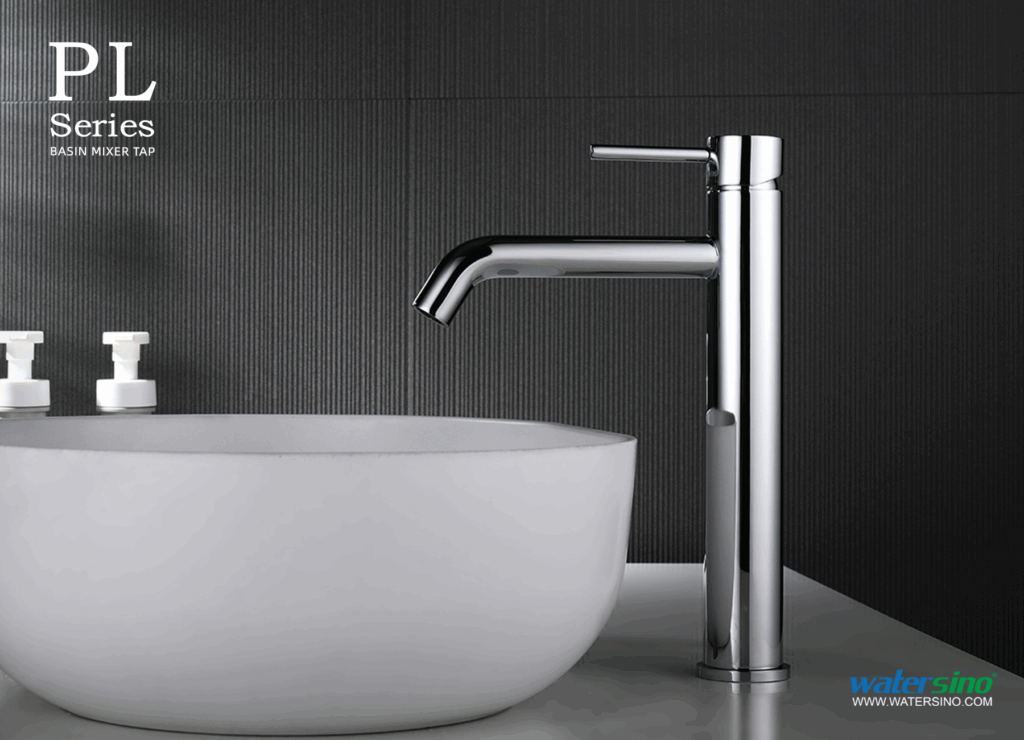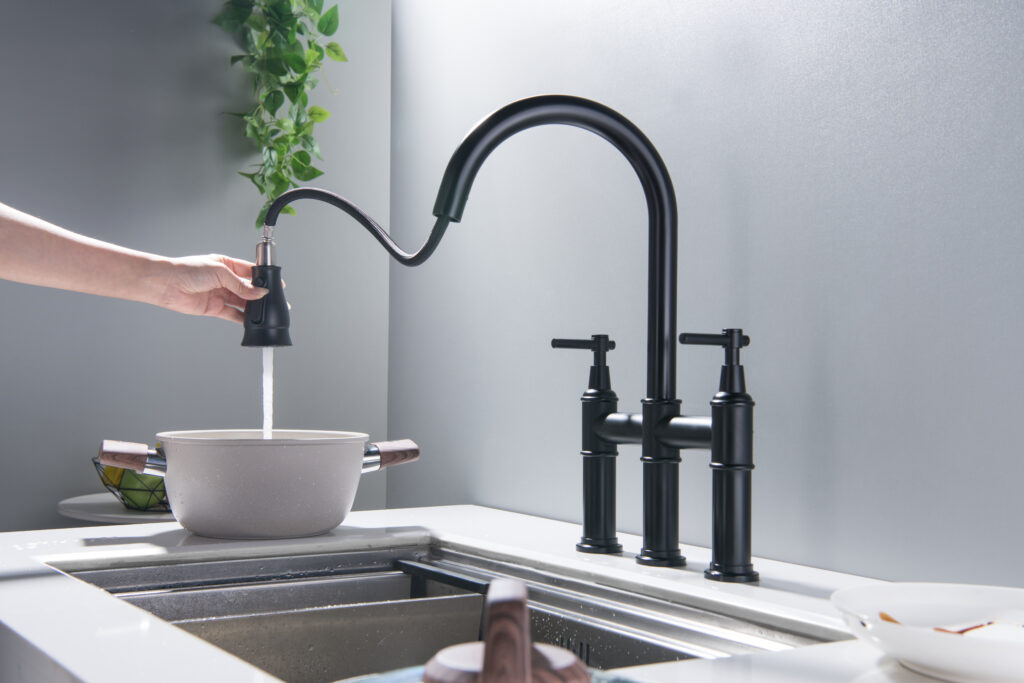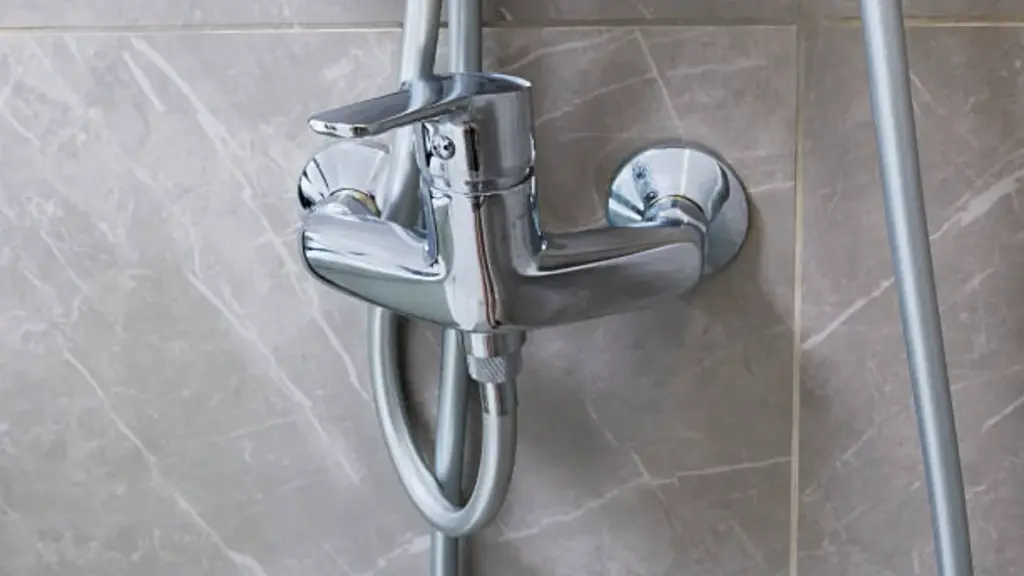Navigating international faucet regulations is critical for global projects. Understanding differences between EN 200 compliance (Europe) and ASME A112.18.1 (US/Canada), alongside international plumbing code fixtuare requirements and international plumbing code restroom requirements, is paramount. Core challenges include varying lead-free requirements (like the EPA Lead Free rule, defining what is lead-free, RoHS lead free requirements, and lead free valve requirements), material specs (lead free solder requirements, questioning is lead free solder really lead free?), and the en compliance definition. This guide clarifies standards like lead free compliant mandates, helping specifiers ensure safety, legality, and performance across regions

1.The Global Faucet Compliance Maze
Imagine your stunning design gets built… only to fail inspection. Why? Overlooked international faucet regulations. Specifying faucets for projects spanning Europe and North America means navigating two distinct regulatory universes: European EN standards and American ASME/IPC codes. Ignoring the differences risks costly delays, non-compliance, and potential safety hazards, especially concerning lead content.
This guide cuts through the complexity. We’ll dissect EN 200 compliance versus ASME A112.18.1, unravel lead-free requirements, and decode critical international plumbing code fixture requirements and international plumbing code restroom requirements. Arm yourself with the knowledge to specify with confidence, globally.
1.1. Problem: Why Do Conflicting Standards Cause Headaches?
- Project Delays & Cost Overruns: Fixtures specified to the wrong standard get rejected during inspection, requiring last-minute replacements and holding up project completion. Non-compliance halts progress.
- Performance & Safety Risks: Standards govern flow rates, materials, durability, and critical safety aspects like scalding prevention and backflow. Using non-compliant fixtures risks user safety and poor performance.
- The Lead-Free Labyrinth: Regulations like the US EPA Lead Free rule (defining what is lead-free as a weighted average of ≤0.25% lead in wetted surfaces) and EU RoHS lead free requirements (≤0.1% lead by weight in homogeneous materials) differ significantly. Confusion surrounds lead free solder requirements and lead free valve requirements, often raising the question: is lead free solder really lead free? (Answer: It contains trace amounts, but compliant levels).
- Certification Confusion: Marks like CE (Europe) and NSF/ANSI/CAN 61 & 372 (North America) indicate lead free compliant status, but require understanding the specific en compliance definition and regional testing protocols.

2. Analysis: Decoding EN vs. ASME/IPC Requirements
Let’s break down the core frameworks governing faucets on either side of the Atlantic.
2.1.The European Foundation: EN 200 & Related Directives
- What is EN 200 Compliance? EN 200 sets the baseline for single taps and mixer taps (PN 10) in Europe, covering dimensions, materials, mechanical properties, and surface finishes. EN 200 compliance is mandatory for CE marking faucets sold in the EU/EEA. Understanding the en compliance definition here means meeting all Essential Health and Safety Requirements (EHSRs) of the Construction Products Regulation (CPR).
- Beyond the Tap: European projects must also adhere to broader international plumbing code restroom requirements as interpreted through national codes (often based on DIN standards in Germany, BS in the UK) covering drainage, pipe sizing, and fixture spacing. Key directives include the Pressure Equipment Directive (PED) and importantly, RoHS lead free requirements restricting hazardous substances like lead.
- Lead Focus: RoHS lead free requirements are stringent, limiting lead to ≤0.1% by weight in each homogeneous material component. This impacts brass alloys, coatings, and lead free solder requirements.
2.2.The North American Framework: ASME A112.18.1 & IPC
- The Fixture Standard: ASME A112.18.1: This is the cornerstone standard in the US and Canada, covering materials, mechanical performance (including torque, flow rate, durability cycles), connections, and marking. Crucially, it incorporates the EPA Lead Free rule requirements. ASME A112.18.1 certification (e.g., NSF/ANSI/CAN 61/372) is non-negotiable for market access.
- Plumbing System Integration: IPC & Restroom Rules: The International Plumbing Code (IPC) provides the system-wide rules. Specifiers must understand international plumbing code fixture requirements (minimum numbers, types, water consumption) and international plumbing code restroom requirements (accessibility via ADA/ANSI A117.1, clearances, installation heights). See the IPC Fixture Requirements:
- Lead Focus: The EPA Lead Free Rule: This US federal law defines what is lead-free as not more than a weighted average of 0.25% lead across wetted surfaces. It mandates lead free valve requirements and impacts lead free solder requirements. Being “lead free compliant” under EPA rules is legally required.
2.3.Head-to-Head: Key Differences Specifiers MUST Note
| Feature | European Standard (EN Focus) | North American Standard (ASME/IPC Focus) |
| Core Fixture Std | EN 200 (Taps) | ASME A112.18.1 (Plumbing Fixtures) |
| Lead Limit | RoHS: ≤0.1% by weight (homogeneous) | EPA/IPC: ≤0.25% weighted avg (wetted) |
| Lead Scope | All homogeneous materials (RoHS) | Wetted surfaces only (EPA) |
| Certification | CE Marking (Self-declaration + Notified Body for some) | Third-Party (NSF/ANSI/CAN 61/372 typical) |
| Flow Rates | Often lower (Water Framework Directive pressure) | Generally higher (e.g., Public lav faucet ≤ 0.5 GPM @ 60psi) |
| Backflow Prevention | Varies by national code (e.g., DVGW) | IPC mandates specific device types & install locations |
| Accessibility | EN 11199 (Grab bars), varies by country | IPC references ICC A117.1 (ADA-like) |
Material specs, especially regarding lead thresholds (RoHS vs EPA), represent the most critical divergence impacting sourcing and compliance. Lead free valve requirements and lead free solder requirements must align with the project’s location.

3. Solution: Your Action Plan for Global Compliance
Partner with Certified Manufacturers: The Watersino Advantage
3.1. Specifying globally compliant faucets hinges on selecting suppliers with proven expertise in international certifications. Here, brands like Watersino exemplify best practices. As a professional faucet manufacturer, Watersino:
3.1.1. Uses compliant lead-free copper meeting both EPA (≤0.25% weighted average lead) and RoHS (≤0.1% homogeneous material) standards, eliminating health risks from lead leaching.
3.1.2. Uses compliant lead-free copper meeting both EPA (≤0.25% weighted average lead) and RoHS (≤0.1% homogeneous material) standards, eliminating health risks from lead leaching. This portfolio simplifies multi-regional project sourcing.
3.1.3. Specializes in sensor faucets for commercial applications (e.g., hotels), combining ABS components with brass bodies and electrophoresis chrome finishes for durability and hygiene.
3.2. For specifiers, Watersino’s certification breadth reduces verification burdens. For example:
3.2.1. Its CUPC certifications align with ASME A112.18.1 and IPC fixture requirements, streamlining US/Canada projects.
3.2.2. WRAS certifications ensure adherence to UK water regulations, covering backflow prevention and material safety.
3.2.3. CE marks cover EN 200 compliance for dimensional accuracy, mechanical performance, and RoHS lead limits.
Table: Watersino’s Certification Coverage for Key Markets
| Region | Certification | Scope |
| North America | 100+ CUPC | Ensures compliance with UPC plumbing codes and EPA Lead Free rule |
| UK/EU | 200+ WRAS | Validates water safety under UK Water Regulations |
| Europe | 200+ CE | Confirms EN 200 compliance and RoHS lead-free standards |
4. Specify Precisely & Contextually
Integrate Watersino-style suppliers by:
- Demanding certification evidence upfront: Require documentation (e.g., NSF online listings, CE DoPs) during submittals. For Watersino, confirm AS/NZS 4020 test report and Watermark/ CUPC/WRAS IDs Certification via databases like IAPM O or SAI Global.
- Explicitly naming standards: e.g., “Faucets shall meet ASME A112.18.1 with NSF/ANSI 61-9 certification (CUPC accepted) OR EN 200 with CE marking.”
5. Leverage Knowledgeable Suppliers
Choose manufacturers with Watersino’s global export focus:
They preemptively address lead-free solder requirements (RoHS-compliant traces) and lead-free valve requirements, avoiding last-minute redesigns.
Offer end-to-end support, including 3D modeling for code-compliant restroom layouts.
Conclusion: Specification Confidence Across Borders
Certified suppliers like Watersino simplify global compliance. Their lead-free copper materials and massive certification portfolios (CUPC, WRAS, CE) directly resolve conflicts between EN 200 compliance and ASME A112.18.1. By prioritizing such partners, specifiers ensure faucets meet international plumbing code fixture requirements, lead-free requirements, and regional safety benchmarks—turning regulatory complexity into competitive advantage.
Lead-Free Guarantee: Watersino uses CW511L lead-free brass (0.08% lead content – below EPA/RoHS limits).
For technical drawings or compliance queries: contact us

6. FAQ
Yes, we can provide OEM/ODM services. Lasering logo on the products, customized labels, installation manuals, warranty card free of charge, we can also provide the customized boxes for you, MOQ is 1000pcs per size. If you need to customized your own range, we can help on develop the 3D mold, open new mold to produce the samples for your review, then proceed with the bulk order, we have customized lots of full ranges products for our wholesale customers.
Deposit is necessary to proceed orders as we will need the payment to book the material and arrange the production, if you don’t want to pay deposit every time, we can accept a fixed deposit, and balance before delivery for each batch of shipment.
Every year we will develop few new ranges, you’re welcomed to contact our sales for the new catalogues of new items.
We are a factory with more than 21 years experience on manufacturing the sanitary wares, and our factory is in Jiangmen, head office and showroom is in Guangzhou, warmly welcome your coming when you are available.
I can understand that you need to source the products which benefits you more, but the quality is totally different, we use the lead free material, the top brand components like the Neoperl aerator, Citec ceramic cartridge, Tucai hoses, also we do 48 hours acid salt-spray test to make sure the surface finish is durable and stable, the price is not our advantages, but the quality and service are, I suggest that you can buy a sample to check the quality first.
Yes, our products are suitable for wholesale and retail, in fact, we have provided them to a lot of wholesalers and retailers in the worldwide, some of the customers start with other business like the tiles, bathtubs, basins, etc, after they start business with us, the brass sanitary wares become their main business



